Read the medication guide from the pharmacy before you start taking oxycodone and each time you get a refill. If you have any questions, ask your doctor or pharmacist.
Take this medicine by mouth as directed by your doctor. You can take this medicine with or without food. If you have nausea, it may help to take this medicine with food. Ask your doctor or pharmacist about other ways to reduce nausea (for example, lying down for 1 to 2 hours with as little head movement as possible).
Avoid eating grapefruit or drinking grapefruit juice while using this medicine, unless your doctor or pharmacist says it is safe to do so. Grapefruit may increase the chance of side effects with this medicine. Ask your doctor or pharmacist for more information.
If you are using the liquid form of this medicine, measure the dose carefully using a special measuring device/spoon. Do not use a household spoon because you may not get the correct dose. Ask your doctor or pharmacist if you are unsure how to check or measure your dose.
The dose is based on your medical condition and response to treatment. You must not increase the dose, take the medicine more often or take it for a longer time than prescribed. Stop taking the medicine properly when you are told to.
Painkillers work best if they are used when the first signs of pain appear. If you wait until the pain has worsened, the medicine may not work as well.
If you have persistent pain (due to cancer, for example), your doctor may ask you to also take long-acting opioid medications. In that case, this medication can only be used for sudden (breakthrough) pain as needed. Other pain relievers (such as paracetamol, ibuprofen) may also be prescribed together with this medicine. Ask your doctor or pharmacist about the safe use of oxycodone with other medicines.
Stopping this medicine suddenly can cause withdrawal, especially if you have been using it for a long time or in high doses. To prevent withdrawal, your doctor may reduce your dose slowly. Tell your doctor or pharmacist right away if you have withdrawal symptoms such as restlessness, mental/mood changes (including anxiety, trouble sleeping, suicidal thoughts), watery eyes, runny nose, nausea, diarrhea, sweating, muscle pain, or sudden changes in behavior.
When this medicine is used for a long time, it may not work as well. Talk to your doctor if this medicine stops working well.
Although it helps many people, this medication can sometimes cause addiction. This risk may be higher if you have a substance use disorder (for example overuse or dependence on drugs/alcohol). Take this medicine exactly as prescribed to reduce the risk of addiction. Ask your doctor or pharmacist for more information.
Tell your doctor if your pain does not improve or if it gets worse.
Side effects
Warnings and precautions
Storage
Store at room temperature protected from light and moisture. Do not store in the bathroom. Keep all medicines out of the reach of children and pets. See also section Warnings.
Do not flush medicines down the toilet or pour them down the drain unless instructed to do so. Dispose of this product properly when it has expired or is no longer needed. For more information, read the Medication Guide, or consult your pharmacy or local waste management company.
Interactions with medicinal products
See also the sections Warning and How to use.
Drug interactions can change how your medications work or increase your risk of serious side effects. This document does not contain all possible drug interactions. Keep a list of all the products you use (including prescription/over-the-counter and herbal medicines) and share it with your doctor and pharmacist. Do not start, stop or change the dosage of any medication without your doctor’s approval.
Some products that may interact with this drug include: certain pain medications (mixed opioid agonist/antagonists such as pentazocine, nalbuphine, butorphanol), naltrexone.
The risk of serious side effects (eg, slow/shallow breathing, severe drowsiness/dizziness) may increase if this medicine is taken with other medicines that can also cause drowsiness or breathing problems. Tell your doctor or pharmacist if you are taking other medicines such as other opioid pain relievers or cough suppressants (eg codeine, hydrocodone), alcohol, marijuana (cannabis), medicines for sleep or anxiety (eg alprazolam, lorazepam, zolpidem), muscle relaxants (eg carisoprodol, cyclobenzaprine) or antihistamines (eg cetirizine, diphenhydramine).
You Might Also Like These:

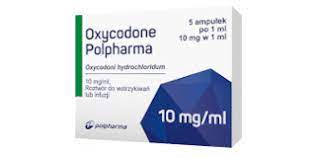
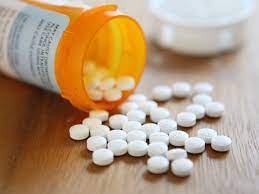
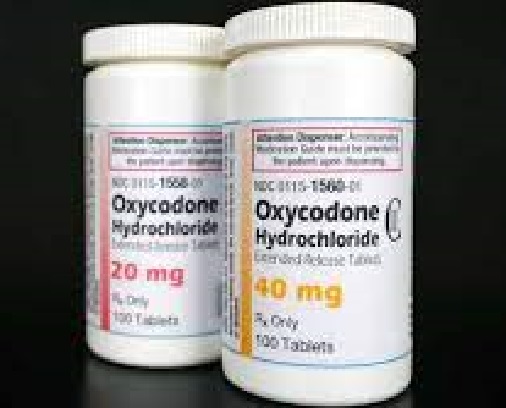
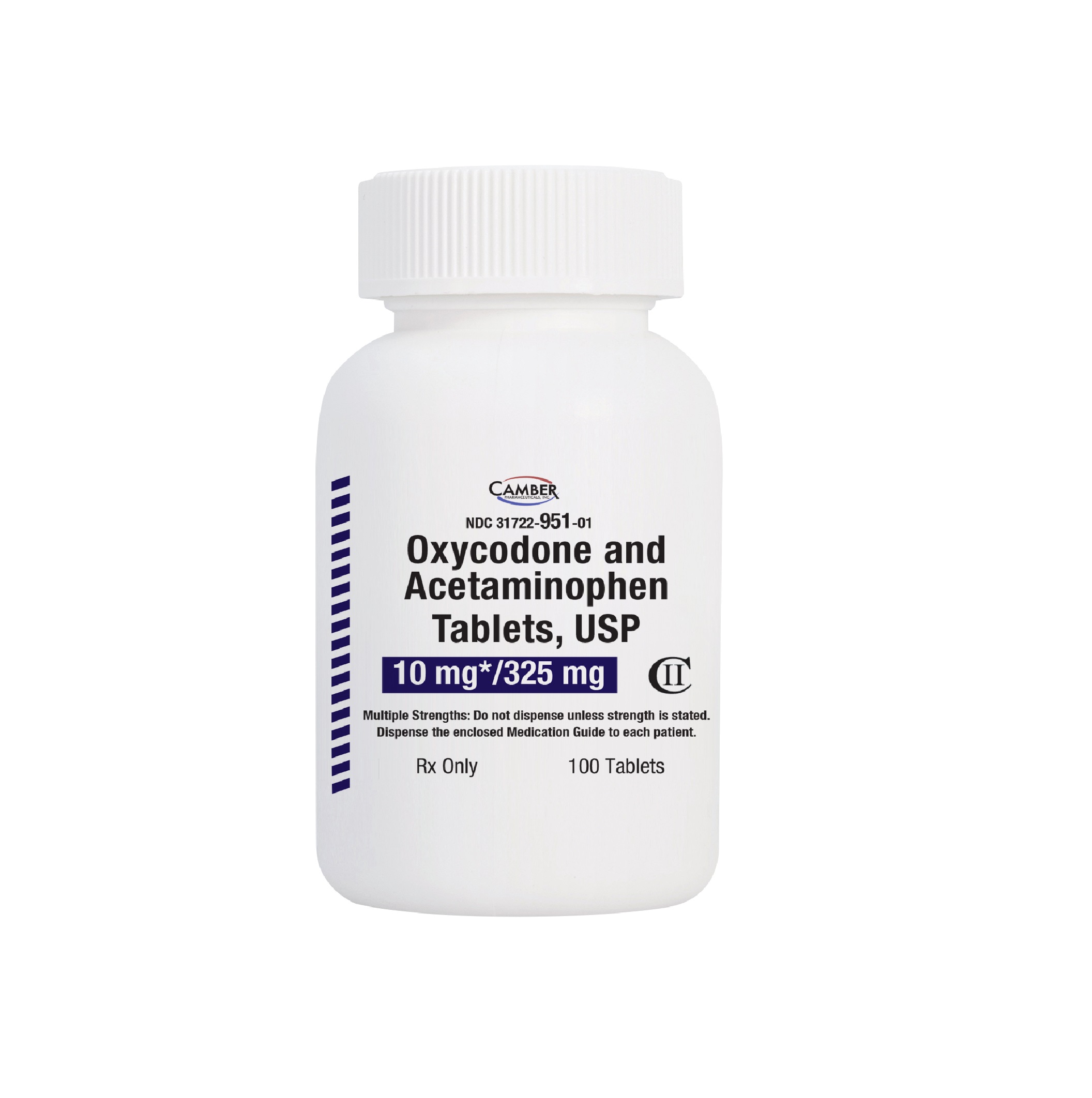

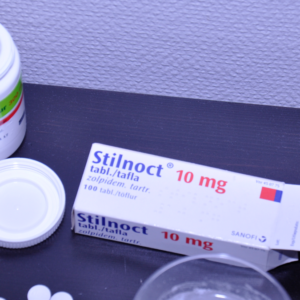
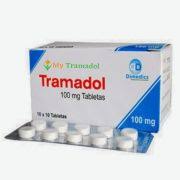

Reviews
There are no reviews yet.